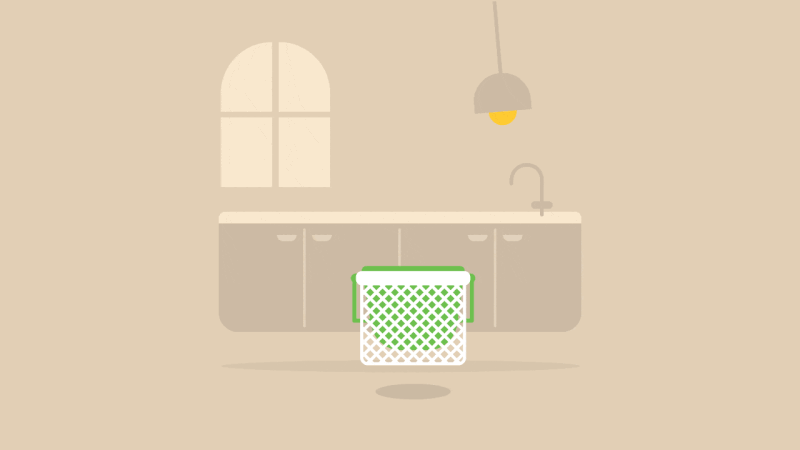

Food Waste
We throw away about £610 million of food in Wales each year – Enough to fill the Principality Stadium!

Food Waste
We throw away 7 million tonnes of food each year in the UK – 5 million tonnes of which could have been eaten.
Food waste
The story begins when you drop your leftovers and food waste into your caddy.


Recycling in Wales
Wales is currently ranked as the first in the UK and third in the world for recycling!

Be careful what you throw out
Certain food waste is unavoidable such as meat bones and egg shells. But we should try our best not to waste food or throw away food that is still good to eat
Food waste
All sorts of food waste can go into your kitchen caddy: tea bags, coffee grounds, fruit and vegetable peelings, eggshells…


The cost of food waste
The UK wastes £15 billion worth of food each year- 5 million tonnes- that's around the weight of 830,000 African Elephants!

The cost of food waste
The average family household wastes around £70 worth of food per month.
Food Waste
…meat and seafood skin and bones, cooking fats and oils and animal feed.


Food waste bags
Our food waste bags are made of biodegradable materials and not plastic, so they are not adding to the current plastic waste issue. Click here to find out more about how plastic is damaging our oceans.
Collection
Your food waste bags are then placed in your kerbside caddy to be picked up by our food waste lorries.
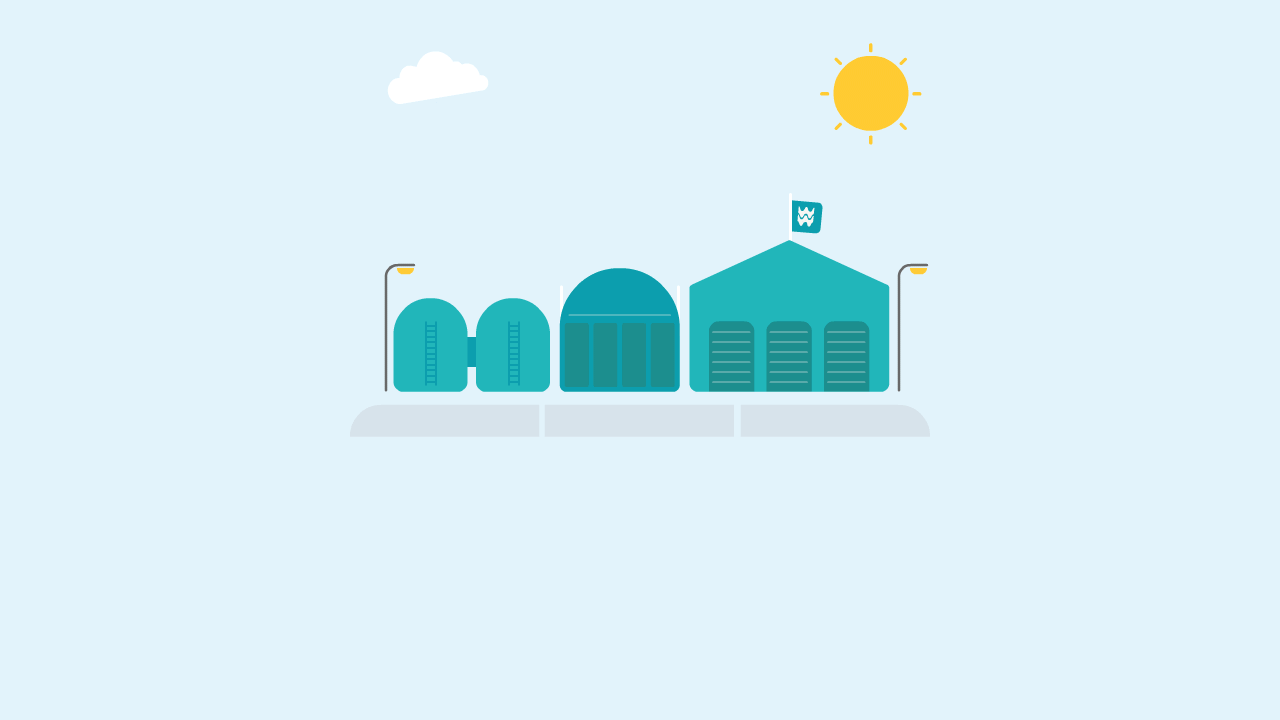
Collection
Once collected the food waste is then taken to the food processing plant in Cardiff to be recycled.
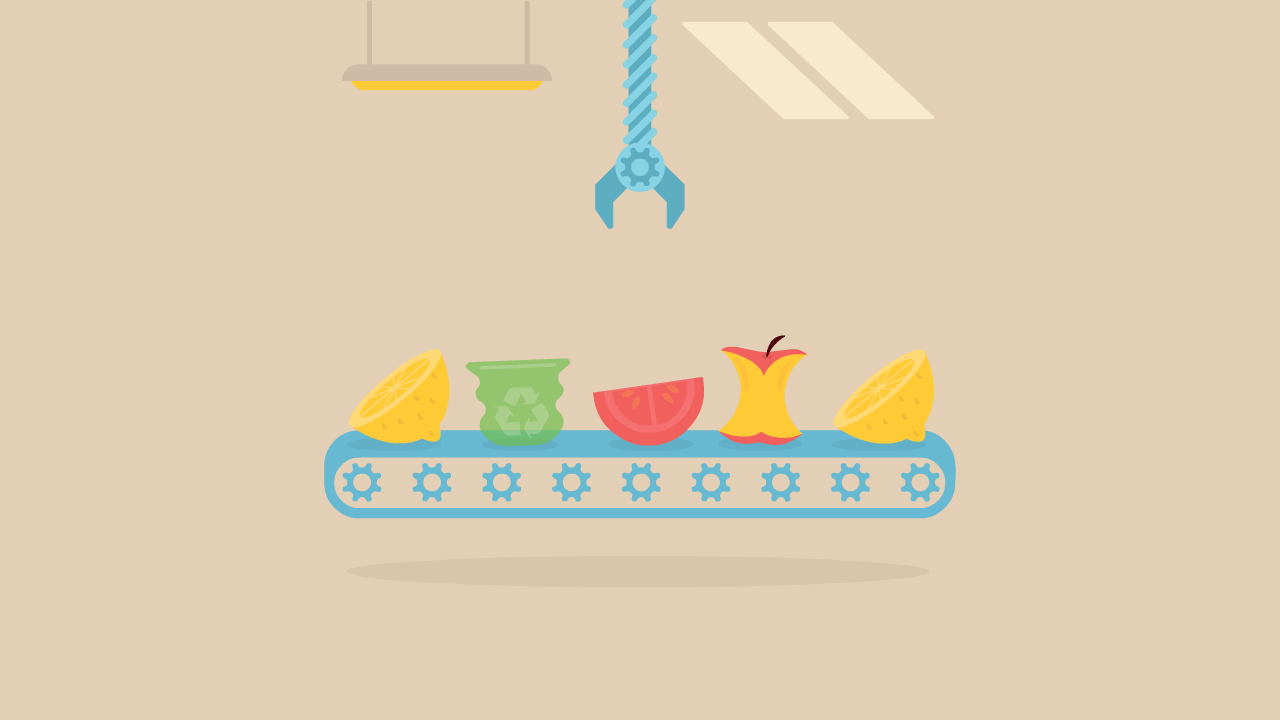
Arrival and Sorting
Once it arrives on site, the waste is sorted and anything that shouldn’t be in your food waste bag, such as food packaging, is removed.
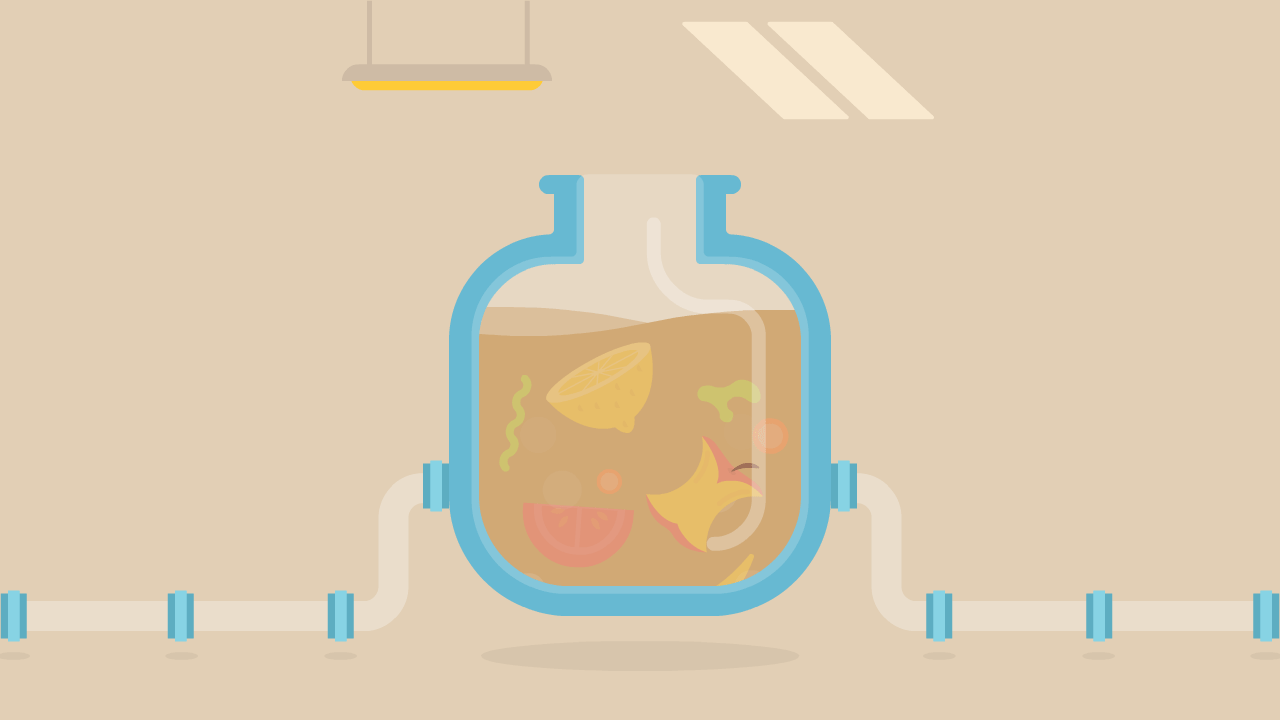

Compost at home
As well as using your food waste bins to recycle food, why not try composting your garden waste?
Mixing
Once sorted the food waste goes into a big tank and is mixed around.
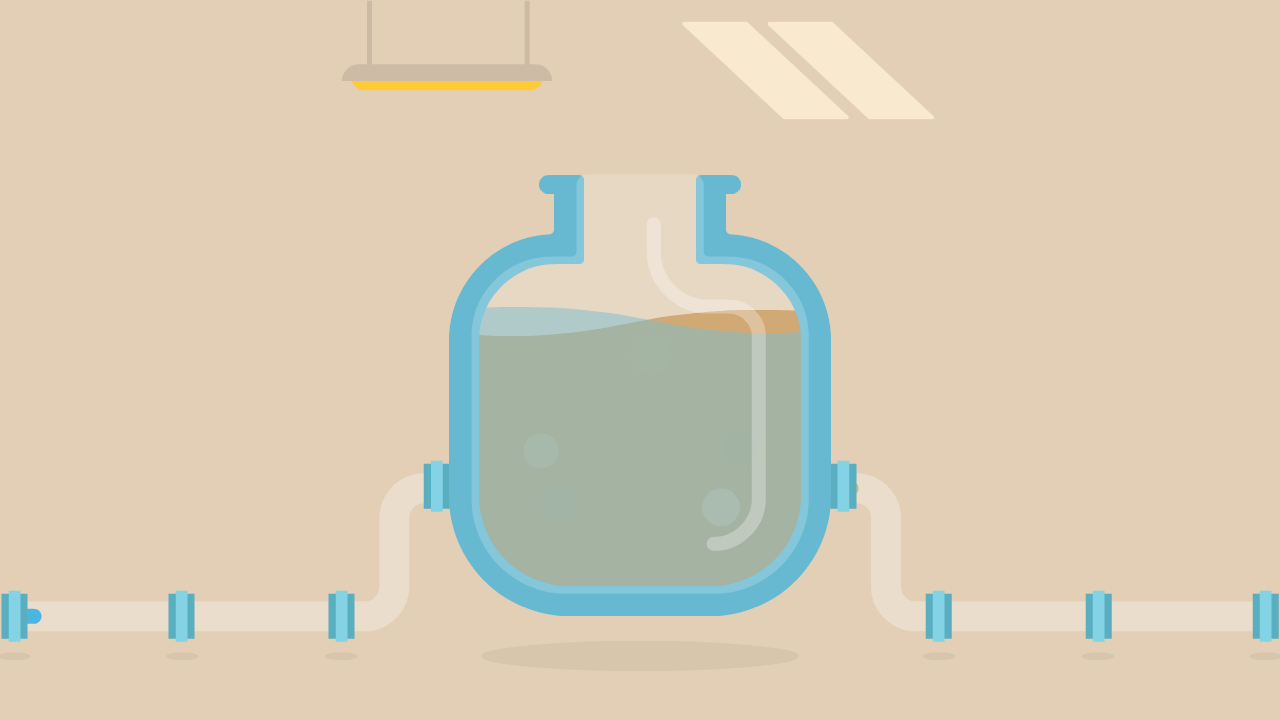

Landfill space
Around 40% of food waste in the UK ends up in landfill and in Wales there is only about 8 years of landfill space remaining!
Mixing
Once mixed, water is added to the tank to make the mixture into a liquid.
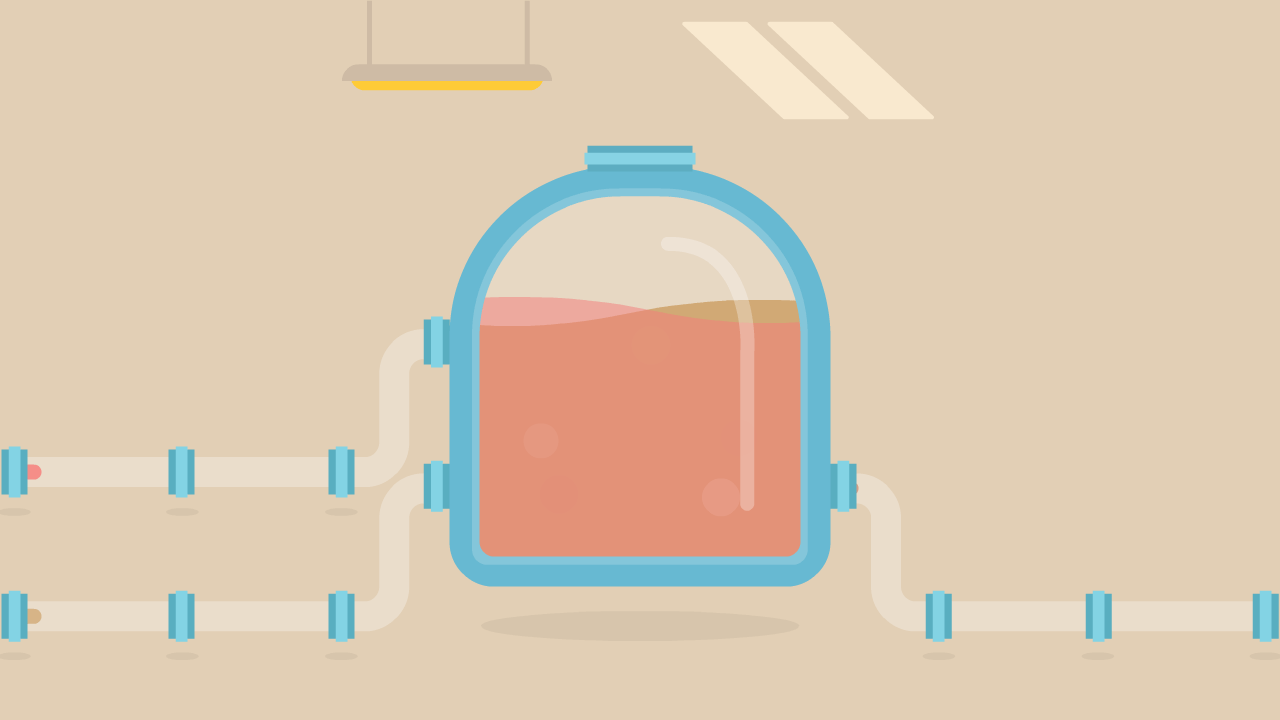

Human digestion
The digestor mimics the human digestion process on a huge scale – it is like food going in to your stomach, being digested and then out through your intestine!
Digestion
The liquid is placed in a tank and broken down at body temperature, around 38°C, by bugs, also called enzymes. This process takes around 28-32 days. The process is similar to what happens in your stomach!


Biogas
The biogas is made up from methane and other natural gases. It is burnt in an engine which creates electricity and heat. Using it in this way stops the methane being released to the atmosphere...

Methane from landfills
...this means methane isn't escaping from food waste in landfill and contributing to climate change.

Using methane
Using the methane to produce energy stops the methane being released into the atmosphere.
Biogas
There are two main products produced from this process, the first is biogas.
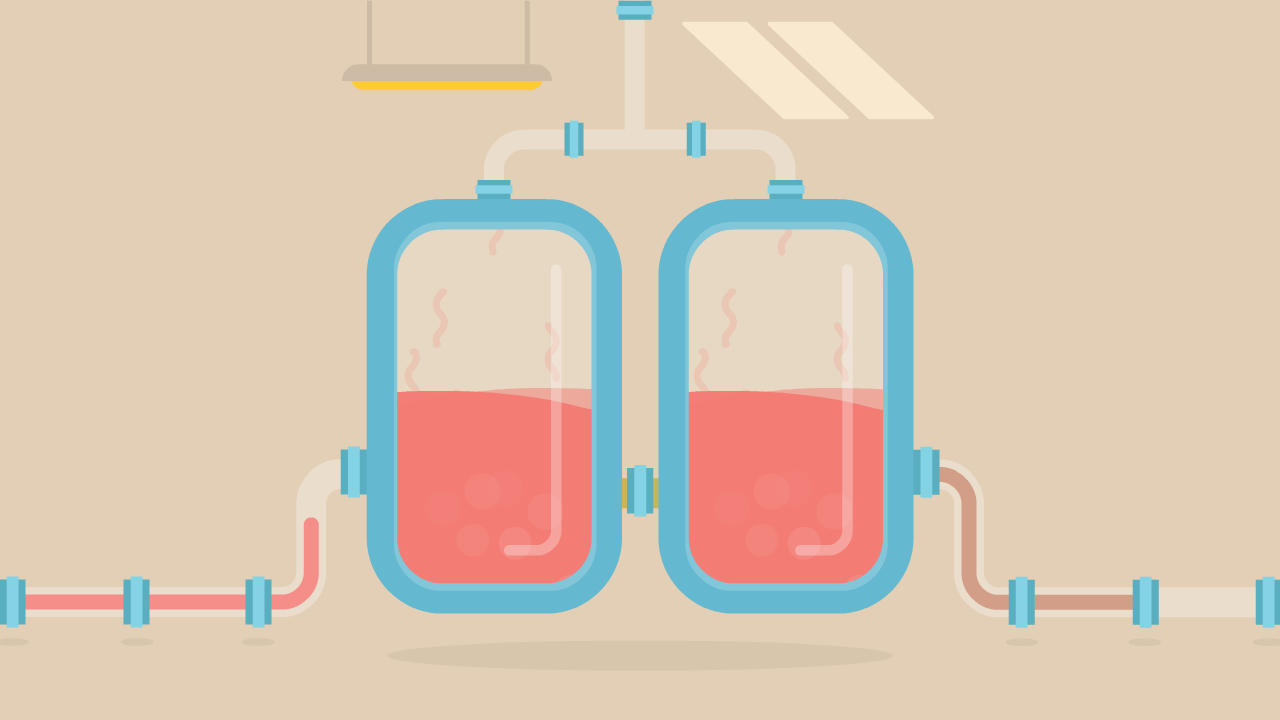

Killing off bugs
If bugs aren’t killed off they will continue to give off methane gas which we don’t want!
Heating
The remaining liquid waste is then heated to 70°C for an hour to kill off the bacteria and any germs. The other product, called digestate, is now safe for purpose.
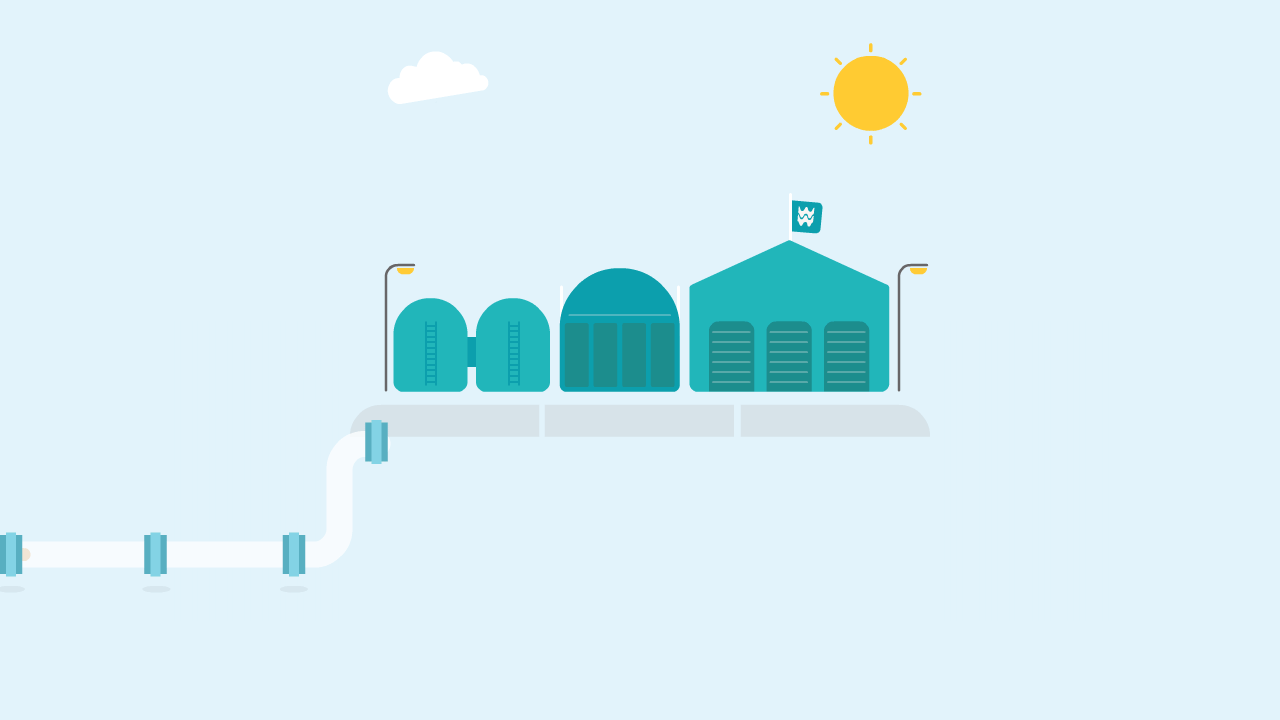

Collected by farmers
Our fertiliser is used by farms local to Cardiff and the Vale.
Digestate
The digestate produced is used as a fertiliser which can be used by farmers for agricultural purposes or by horticulture establishments such as garden centres.


Quality Grade Fertiliser
Using organic fertiliser means that fossil fuel intense fertilisers are replaced, which is better for the environment and for you.
Using what we produce
This fertiliser, made from your old food waste, helps grow your new food.
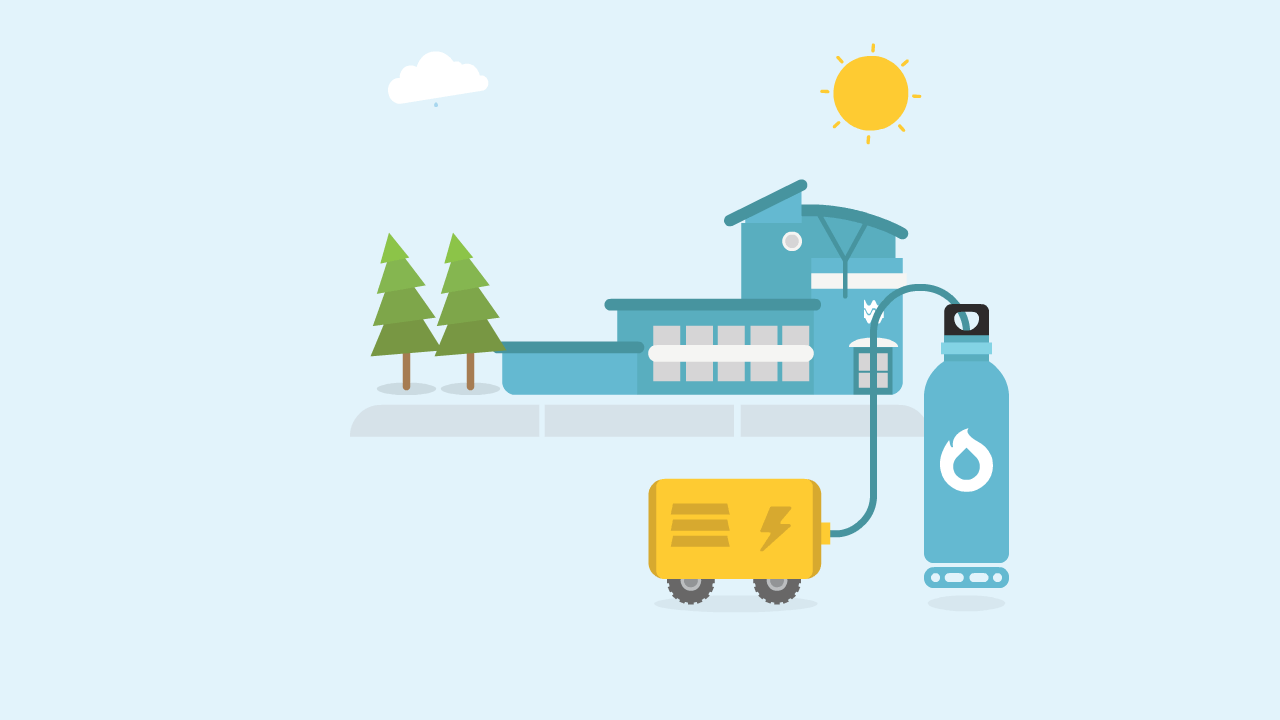

Electricity Generation
The electricity produced accounts for 20% of the electricity needed to power the Waste Water Treatment Works- the same amount used to power 2,000 homes.

Keeping your water clean
The Waste Water Treatment Works cleans water from over one million homes across South Wales.
Using what we produce
The electricity and gas produced from the process is used on the food waste plant, meaning the site is self-sufficient. The remaining electricity is then used by the neighbouring Waste Water Treatment Works.
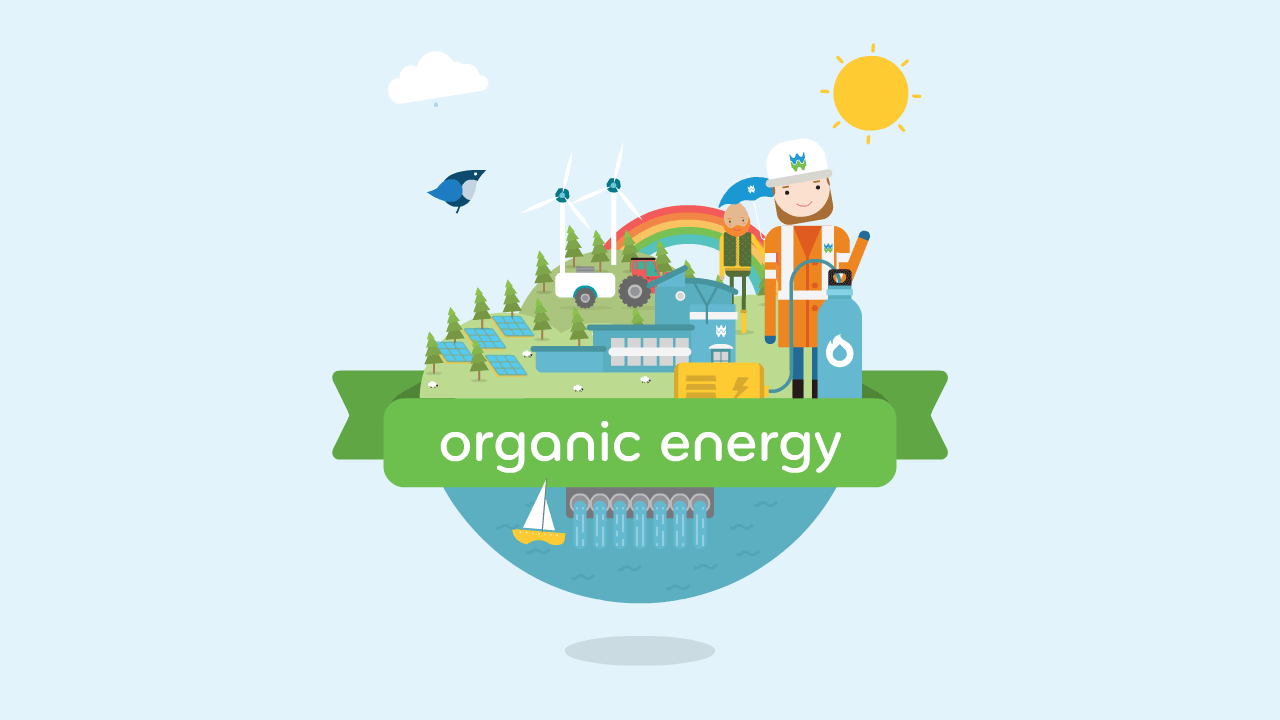

Solar Panels
We also use sunlight to power solar panels to convert the sunlight into electricity.

Wind turbines
We use the wind to power wind turbines to produce electricity.

Renewable Energy
All of Welsh Water's renewable energy sources contribute to powering our treatment sites, helping keep your water bills down!

Hydro Power
We use moving water from reservoirs and rivers to power hydro turbines which generates electricity.

Food Waste Recycling
If you live in Cardiff or the Vale, and recycle your food waste with us you are helping contribute to a greener planet.
Using what we produce
Welsh Water are currently leading the way in generating renewable energy and we now generate around 25% of energy we use, through hydro, solar and wind while the remaining energy we use is renewable energy from wind. We plan to increase this so our generation is 35% by 2025. While we hope to become energy neutral by 2050, meaning that our energy consumption is less than or equal to that being produced. This helps us to contribute to a greener and happier planet for now and for future generations.
